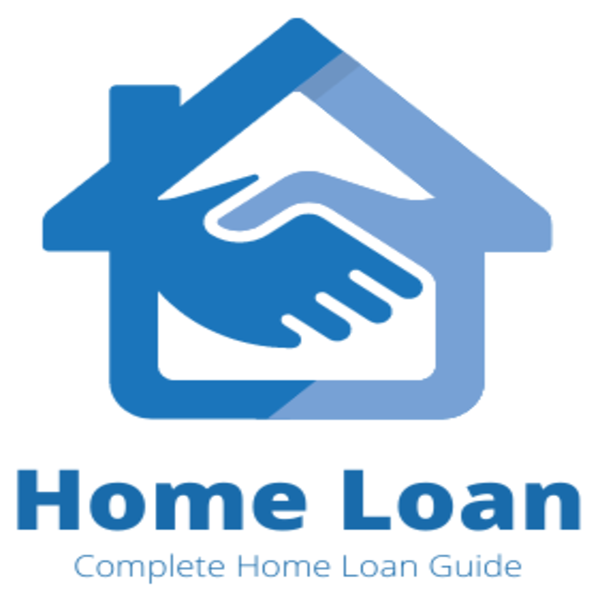Conventional Loans
Conventional loans are a type of mortgage that is not insured or guaranteed by the federal government. These loans can be used to purchase or refinance a home. They are the most common type of mortgage, accounting for about two-thirds of all home loans in the United States. Unlike government-backed loans, such as FHA loans or VA loans, conventional loans are offered by private lenders, including banks, credit unions, and online lenders.
What is a Conventional Loan?
A conventional loan is a mortgage that is not insured or guaranteed by the federal government. This means that if you default on the loan, the lender is not protected by any government agency and may suffer a loss. Because of this increased risk for the lender, conventional loans typically require higher credit scores and larger down payments compared to government-backed loans.
How to Apply for a Conventional Loan
Applying for a conventional loan is similar to applying for any other type of mortgage. Here are the basic steps involved in the application process:
- Prequalification: Before you start looking for a home, it's a good idea to get prequalified for a loan. This will give you an idea of how much you can borrow and what your interest rate might be.
- Choose a Lender: Shop around and compare rates and fees from several different lenders to find the best deal.
- Gather Documents: You'll need to provide documentation of your income, employment history, assets, and debts.
- Submit Application: Fill out a loan application form and submit it to the lender along with your supporting documents.
- Wait for Approval: The lender will review your application and determine whether to approve your loan.
- Close the Loan: If your loan is approved, you'll need to sign the final paperwork and pay any closing costs.
Documentation Required for a Conventional Loan
When applying for a conventional loan, you'll need to provide the following documentation:
- Proof of income, such as pay stubs or tax returns
- Proof of employment history
- Bank statements
- Proof of assets, such as retirement accounts or stocks
- Proof of debts, such as credit card statements or car loans
Home Loan by Bank
Many banks offer conventional loans to qualified borrowers. These loans are typically available in fixed-rate and adjustable-rate options, with terms ranging from 15 to 30 years. Borrowers can use conventional loans to purchase primary residences, second homes, and investment properties.
Private Loans
In addition to traditional banks, private lenders also offer conventional loans. These lenders may have more flexible lending criteria than banks, but they may also charge higher interest rates and fees.
Loan Amounts
The amount you can borrow with a conventional loan depends on several factors, including your credit score, income, and debt-to-income ratio. In general, conventional loans have lower limits than government-backed loans, with the current maximum limit for a conventional loan set at $548,250 for most areas in the United States.
Refinance
Conventional loans can also be used to refinance an existing mortgage loans. This can be a good option if you want to lower your interest rate, change your loan term, or cash out some of your home's equity.
The Loan Process
The loan process for a conventional loan typically involves the following steps:
- Application: Submit an application to the lender, along with your supporting documents.
- Underwriting: The lender will review your application and determine whether to approve your loan.
- Appraisal: The lender will order an appraisal to determine the value of the property you want to buy or refinance.
- Approval: If your loan is approved, you'll receive a loan commitment letter outlining the terms of your loan.
- Closing: Sign the final paperwork and pay any closing costs.
Loan Security
With a conventional loan, the property you're buying or refinancing serves as collateral for the loan. This means that if you default on the loan, the lender can foreclose on the property to recoup its losses.
Loan Disbursement
Once your loan is approved, the lender will disburse the funds to the seller or to pay off your existing mortgage loan, depending on whether you're buying a new home or refinancing.
Loan Processing Fee
Lenders may charge a loan processing fee to cover the cost of processing your loan application. This fee is typically a percentage of the loan amount and is due at closing.
Interest Rates
Interest rates for conventional loans can vary depending on market conditions, your credit score, and the term of your loan. Fixed-rate loans have the same interest rate for the life of the loan, while adjustable-rate loans have rates that can change over time.
Loan Repayment
Conventional loans are typically repaid in monthly installments over the term of the loan. Your monthly payment will depend on the amount you borrow, the interest rate, and the term of the loan.
Repayment Options
Most lenders offer several repayment options for conventional loans, including:
- Fixed-Rate: Your interest rate and monthly payment remain the same for the life of the loan.
- Adjustable-Rate: Your interest rate and monthly payment can change periodically based on market conditions.
- Interest-Only: You only pay the interest on the loan for a certain period, after which you'll start repaying the principal.
- Balloon Payment: You make small monthly payments for a set period, after which you'll need to pay off the remaining balance in one lump sum.
Important Features of Conventional Loans
Some important features of conventional loans include:
- No Mortgage Insurance: If you make a down payment of at least 20% of the purchase price, you can avoid paying private mortgage insurance (PMI).
- Flexible Terms: Conventional loans offer a wide range of terms, including 15-year and 30-year fixed-rate loans, as well as adjustable-rate loans.
- Ability to Refinance: Conventional loans can be refinanced to take advantage of lower interest rates or change the terms of the loan.
Income Requirements
To qualify for a conventional loan, you'll need to have a stable income and a low debt-to-income ratio. Lenders will also consider your credit score and employment history when determining your eligibility for a loan.
Private Mortgage Insurance (PMI)
If you make a down payment of less than 20% of the purchase price, you'll likely be required to pay private mortgage insurance (PMI). This insurance protects the lender in case you default on the loan.
Fixed Rate vs. Floating Rate
Conventional loans are available with both fixed and floating interest rates. A fixed-rate loan has an interest rate that remains the same for the entire term of the loan, while a floating-rate loan has an interest rate that can change periodically based on market conditions.
Home Loan
A home loan, also known as a mortgage, is a type of loan used to purchase or refinance a home. It is secured by the property being purchased or refinanced. Home equity loan are typically repaid over a long period, usually 15 to 30 years, and they can be obtained from banks, credit unions, or online lenders.
Mortgage Loan
A mortgage loan is a type of loan used to finance the purchase of a home. It is secured by the property itself, which serves as collateral for the loan. Mortgage loan lenders are repaid over a long period, usually 15 to 30 years, and they can have fixed or adjustable interest rates.
Home Financing
Home financing refers to the process of obtaining a loan to purchase or refinance a home. It involves working with a lender to secure the necessary funds to buy a home. Home financing options include conventional loans, FHA loans, VA loans, and USDA loans, each with its own eligibility requirements and terms.
FAQs
Q: What is the difference between a home loan and a mortgage loan?
A: The terms "home loan" and "mortgage loan" are often used interchangeably to refer to a loan used to purchase or refinance a home. However, technically, a mortgage loan refers to the loan itself, while a home loan refers to the broader concept of financing the purchase or refinance of a home.
Q: What types of home financing options are available?
A: There are several types of home financing options available, including conventional loans, FHA loans, VA loans, and USDA loans. Each type of loan has its own eligibility requirements, terms, and benefits.
Q: How do I qualify for a home loan?
A: To qualify for a home loan, you typically need to have a stable income, a good credit score, and a low debt-to-income ratio. Lenders will also consider factors such as your employment history and the amount of the down payment you can make.
Q: What is the difference between a fixed-rate and adjustable-rate mortgage?
A: A fixed-rate mortgage has an interest rate that remains the same for the entire term of the loan, while an adjustable-rate mortgage has an interest rate that can change periodically based on market conditions.
Q: What is private mortgage insurance (PMI), and do I need it?
A: Private mortgage insurance (PMI) is insurance that protects the lender in case you default on the loan. If you make a down payment of less than 20% of the purchase price, you will likely be required to pay PMI. However, once you have paid down your loan to the point where you have at least 20% equity in the home, you may be able to cancel PMI.
Q: How long does it take to get approved for a home loan?
A: The approval process for a home loan can vary depending on the lender and your financial situation. In general, it can take anywhere from a few days to a few weeks to get approved.
Q: Can I refinance my home loan?
A: Yes, you can refinance your home loan to take advantage of lower interest rates, change the terms of your loan, or cash out some of your home's equity. Refinancing can help you save money or achieve other financial goals.

